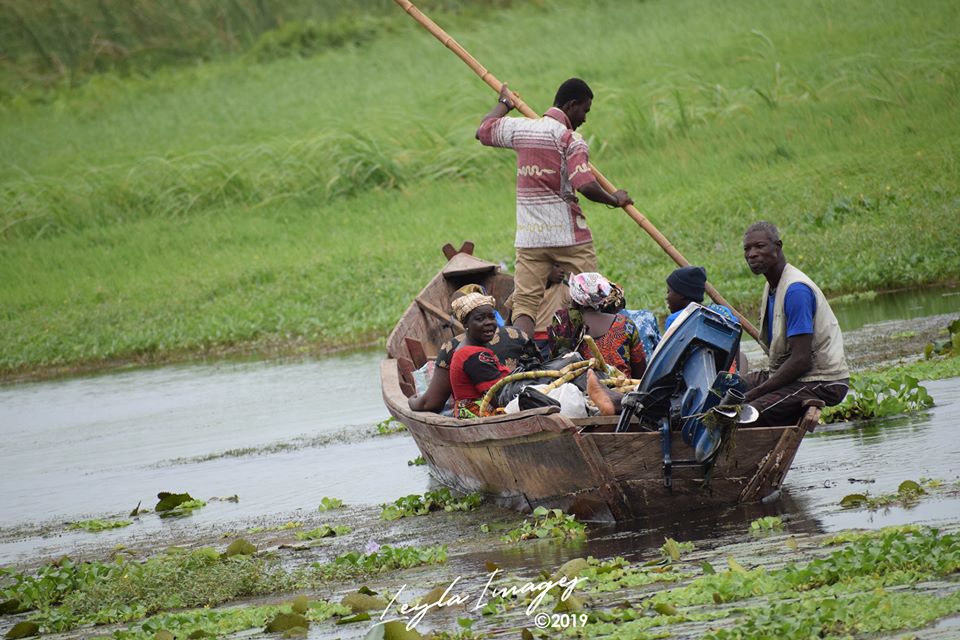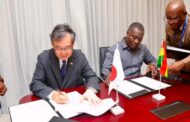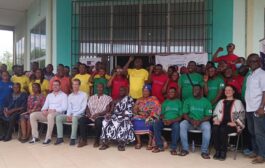Residents of Kpong and its environs in the Lower Manya Municipality of the Eastern Region are calling on the Ministry of Water Resources and the Volta River Authority (VRA) to take a critical look at the problem of aquatic weeds on the Volta River.
The aquatic weeds have grown in the Volta River, destroying the livelihood of some residents in communities along the water body.
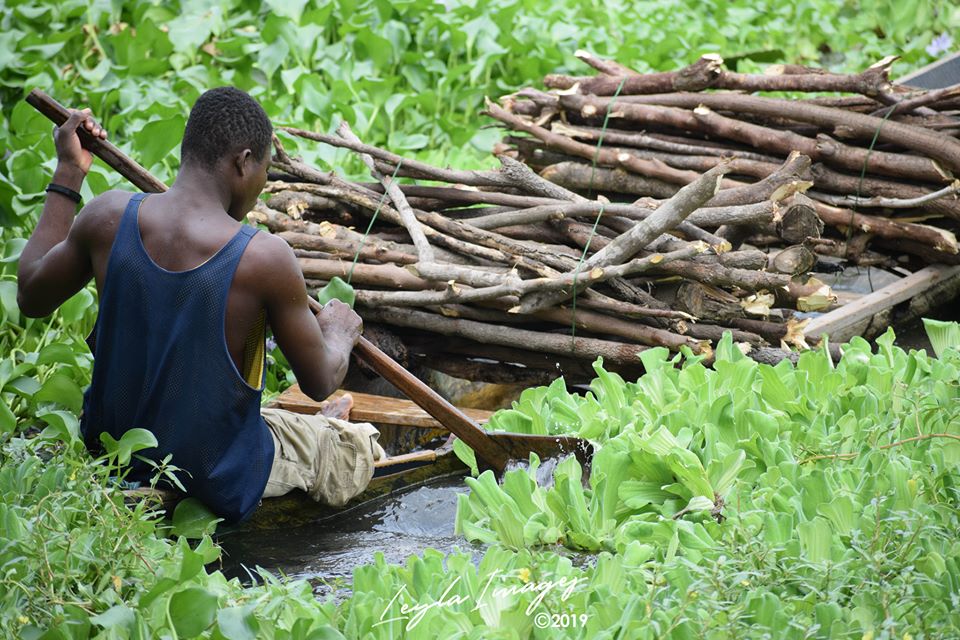
The forage is said to be badly affecting fishing and transportation of goods and people on the river. In certain communities, the forage has completely taken over several tributaries of the river making it impossible for fishing activities to go on in the water body.
The sprawl of the aquatic weeds in the Volta River has become a matter of concern to the communities along the lake whose livelihood depended heavily on the River.
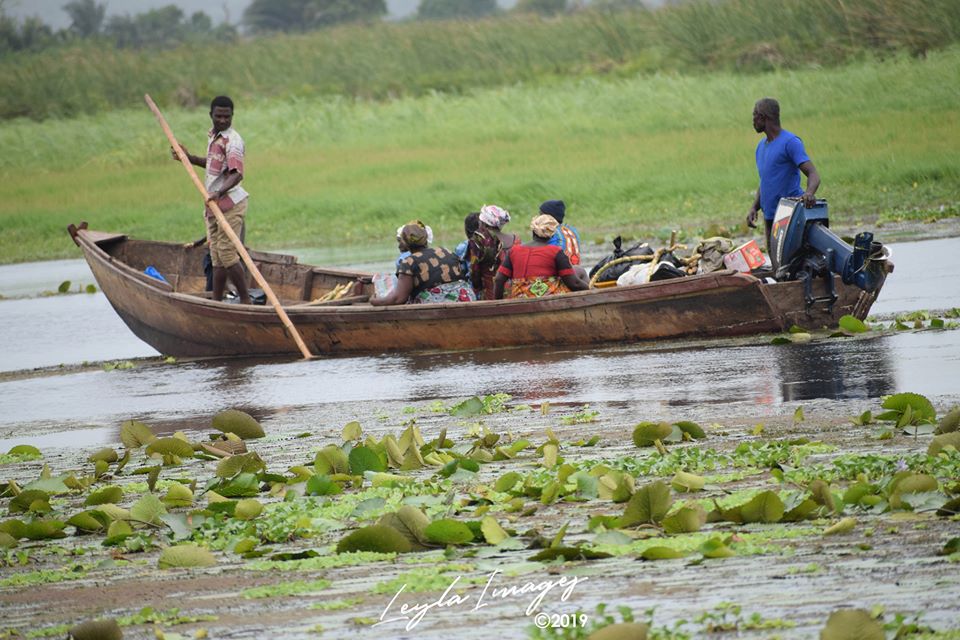
A cursory look at the surface of the River revealed vegetative cover rather than water body.
Aquatic weeds caused harm to aquatic lives, eco-environment, making the water unsafe for fishing, reduction of fish in the river, causing navigational problems along the lake as well as serving as habitats for mosquitoes in communities around the river.
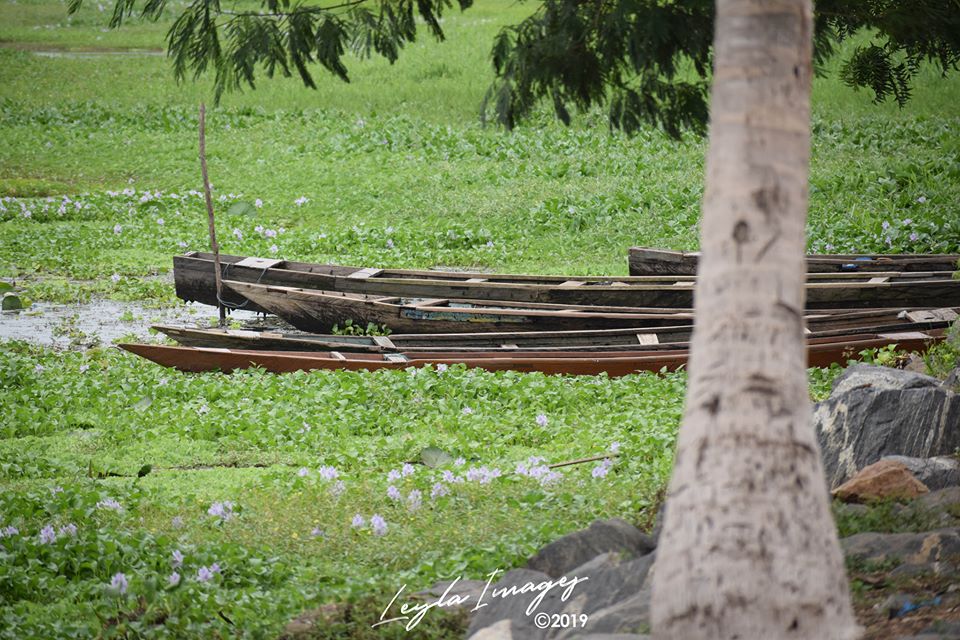
The fact that compost prepared from aquatic weeds could be used to enhance soil fertility in agriculture, the danger they posed to both human and aquatic lives far outweighed their usefulness.
In spite of the various measures by the VRA and the Ministry of Water Resources, Works and Housing in the past to purchase dredgers and aquatic weeds harvesters as well as mapping out strategies to address its negative environmental impact, the spread of aquatic weeds along the Volta River remained an annual nightmare for the people in the area.
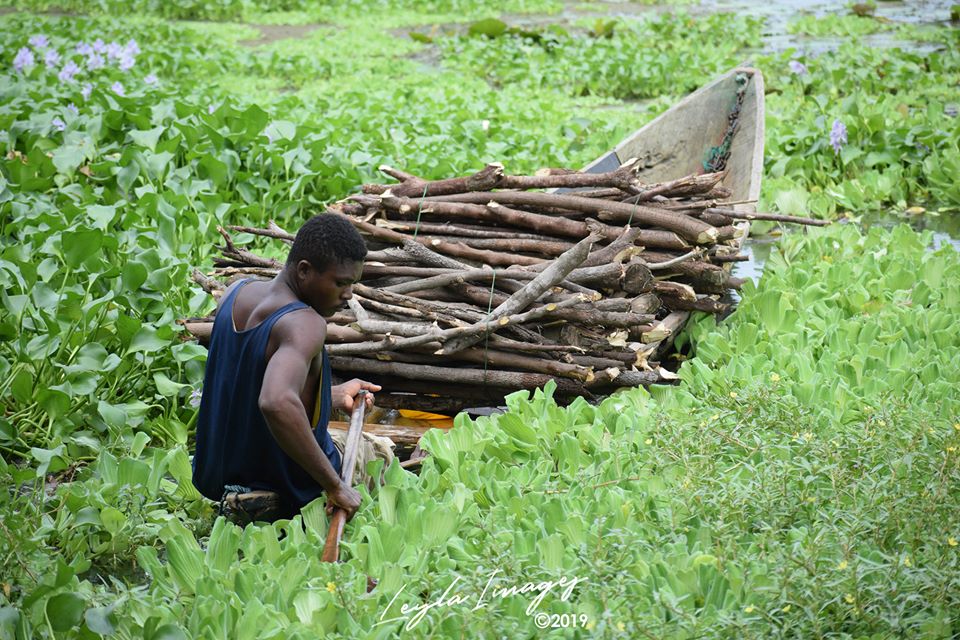

There should be a need for sustainable solution to the problem as the livelihood of the people is in serious jeopardy.
The problem is linked directly with the construction of the Akosombo Dam in the 1960s.
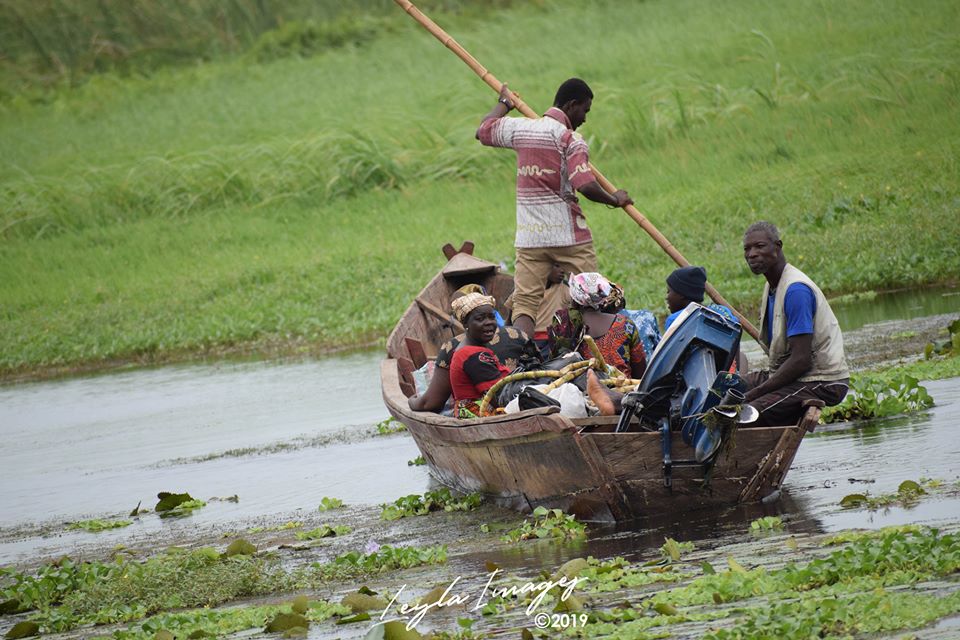
The damning of the River Volta upstream has resulted in reduced flow of the river downstream. This has allowed for the rapid growth of weeds in the river.
Source: Solomon K. Nuwordu



